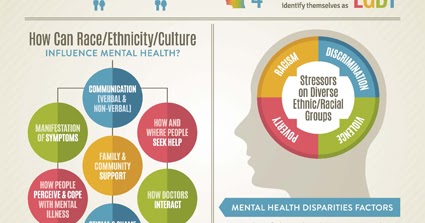Bursitis And You
 Is your bursae irritated? Inflamed? Injured? Even punctured? You may think I am talking about your long lost cousin unless you have had the unfortunate opportunity to have, or have had bursitis. These are all common symptoms that affects the small fluid-filled pads – called bursae- that act as cushions among your bones and the tendons and muscles near your joints. The most common tendon areas that become inflamed are the shoulders, elbows, hips, but bursitis may also occur in the knee, ankle, heel, and the base of your big toe.
Is your bursae irritated? Inflamed? Injured? Even punctured? You may think I am talking about your long lost cousin unless you have had the unfortunate opportunity to have, or have had bursitis. These are all common symptoms that affects the small fluid-filled pads – called bursae- that act as cushions among your bones and the tendons and muscles near your joints. The most common tendon areas that become inflamed are the shoulders, elbows, hips, but bursitis may also occur in the knee, ankle, heel, and the base of your big toe.
Bursitis most often occurs in joints that perform frequent repetitive motion. Your joint will feel achy or still, hurt more when you move it or press on it, and look swollen and red. Common causes of bursitis includes throwing a baseball or lifting something over your head repeatedly, leaning on your elbows for long periods of time, prolonged kneeling such as scrubbing floors or laying carpet or tile, and prolonged sitting especially on hard floors.
There are some common sense changes you can make when performing these tasks which include using knee pads, lift properly ( lift with your knees, not your back), don’t carry heavy loads: use a dolly or cart; and, take frequent breaks when performing repetitive tasks. If ever in doubt about your physical condition, consult your doctor; especially if you have a disabling joint pain, pain for more than two weeks, excessive swelling, redness, bruising or a rash in the affected area, or you have sharp shooting pain when you exercise or exert the joint and/or you have a fever.
Bursitis treatments are fairly simple: rest and immobilize the affected area; apply ice to swelling; take nonsteroidal anti-inflammatory drugs or naxproxen to relieve pain or reduce inflammation; and keep the joint lubricated. If bursitis is brought on by an infection you will, of course, need antibiotics prescribed by your physician.
